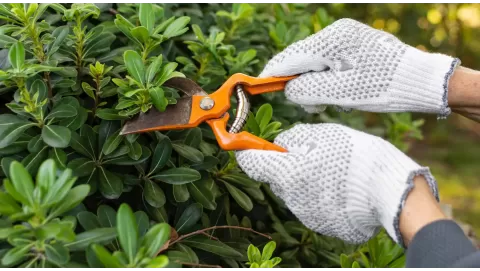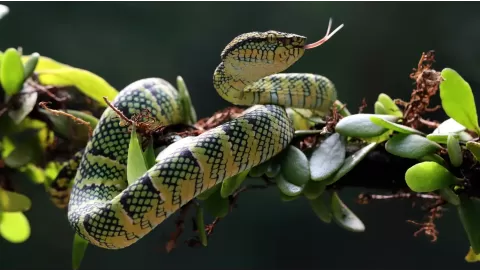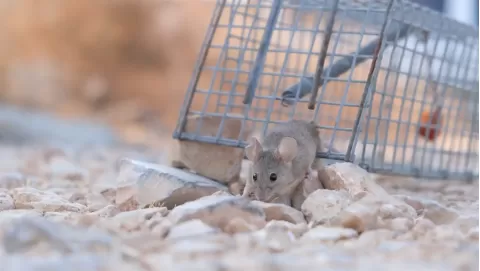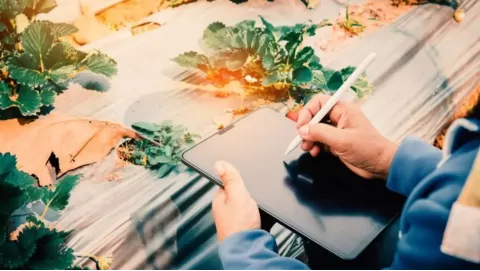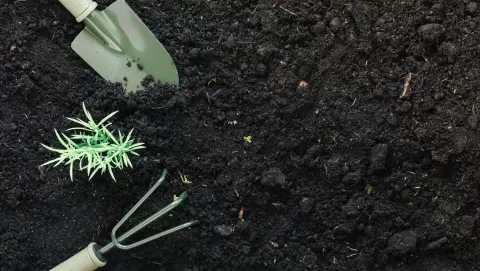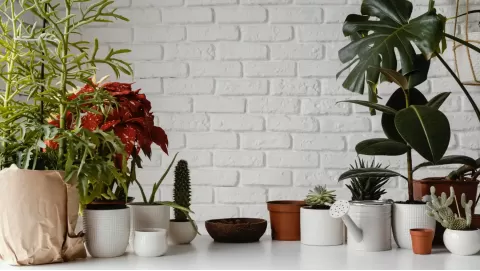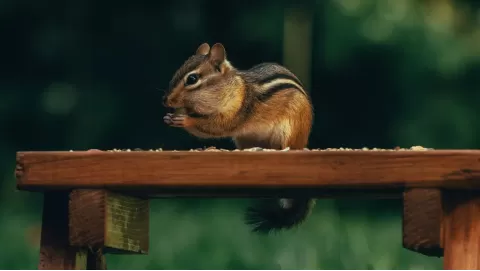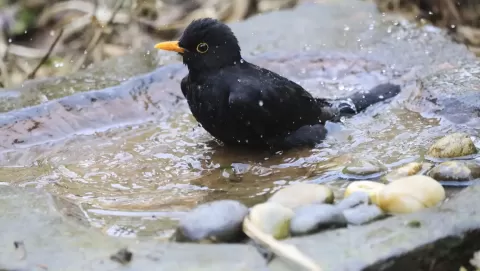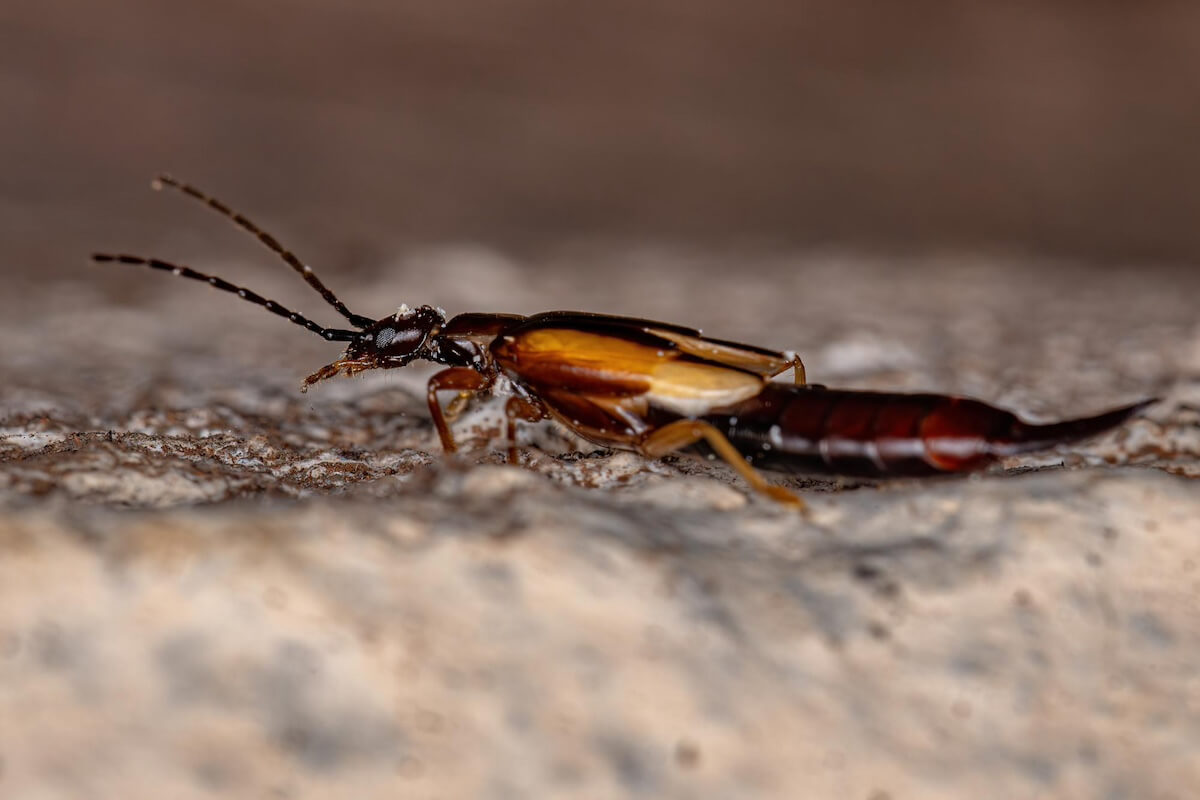
How to get rid of earwigs fast?
Earwigs are particularly vexing living pests for homeowners, gardeners, and pest control professionals alike. These tiny silent insects are giving the houses a nightmare by invading the house and garden and spoiling its beauty and peace.
They can be found crawling through crevices under boulders, logs, and trash, or burrowing in the soil. Certain earwig species are social. They live in large groups. Others are solitary. When their population gets too high, they can harm the plants.
Earwigs are omnivores and feed on both plants and insects. Their feeding can cause holes in leaves or petals, affecting the plant’s health and appearance. In extreme scenarios, earwigs even consume young seedlings or buds.
These insects can be found in warm, dark, damp places such as basements, bathrooms, and underground areas. They can also crawl in through crevices and gaps around windows and doors. Eliminating earwigs and controlling them is an immediate concern, but can be managed through proper home care and maintenance techniques.
Growcycle products are effective. They include Insect and Pest Control Sprays and Insect Sticky Traps. These can help to control earwig populations. They rely on natural ingredients that are non-toxic to humans and pets and environmentally safe.
Related: First Saturday Lime 5# Organic Pest Control
What do earwigs mean?
Earwigs are tiny and terrifying insects with pincers on their backs. Most earwigs are so harmless that even their frightening appearance is no reason to fear them. They are usually nocturnal animals, spending the day hiding in damp, dark places until they come out at night to feed.
In home gardens, earwigs might feed on young plants and flowers, damaging food crops. They adore tender, juicy stems and leaves. They eat or chew on them, leading to wilting and stunted growth. Earwig infestations can lead to overall large losses of crops in severe cases. Houseowners need to monitor for signs of earwig damage regularly and control them as needed. This will help them prevent these pests from invading their garden.
Growth process of earwigs
So, like other insects of the Dermaptera order, earwigs do not have a pupal stage. They undergo only incomplete metamorphosis. They have a life cycle consisting of three stages: egg, nymph, and adult. Mother earwigs scatter their egg packages in protected, damp areas. These eggs hatch into nymphs, which are like scaled-down versions of adult bugs. Nymphs grow or metamorphose into mature adults in several molts.
Suitable growing environment
Earwig species are typically found in warm, moist, and dark environments, and for that reason, indoor decor such as houseplants is an ideal habitat for the bugs. These places are also more likely to be in humid climates, such as kitchens, washrooms, garages, etc.
Therefore, by making sure to keep the house dry and properly ventilated, you can prevent an attack of earwigs. This means removing any sources of damp, such as ruptured pipes or malfunctioning drains, and not over-watering plants, which makes the ground soggy.
Diet and behavior
Earwigs are omnivorous. They primarily depend on decaying trees, fungi, and any other insects and bugs within reach. They are adapted to thrive in a range of ecosystems. But they can be more troublesome in gardens because they eat young plants and flowers.
Effective and fast ways about how to get rid of earwigs
To eliminate earwigs, homeowners must do the following:
1. Seal Entry Points: The simplest solution for earwigs is to prevent them from coming into the home in the first place. Seal cracks around windows and doors, the foundation, and any other openings a rat deems passable. We call this making the house less permeable and sealing these areas up with caulk or weather strips.
2. Reduce Moisture: Earwigs are attracted to humidity; thus, humidity levels need to be decreased in a house. Utilize dehumidifiers, repair leaky plumbing, and ensure wet areas like bathrooms and basements are adequately ventilated. Quickly dry out any soggy spots to discourage rodents from making homes there.
3. Natural Remedies: There are natural options that you can utilize to make sure these pests are cleared from your property without the use of chemicals. For instance, gel Diatomaceous earth — a nonpoisonous powder — can be used as a pesticide and can be sprinkled along a house’s fence line to deter insects. It instantly dries out and kills earwigs upon contact. There are other remedies and solutions that can be explored when spraying in the treatment of earwigs as well, including cedarwood, neem oil, and more.
4. Use Baits and Traps: One of the best devices for trapping and disposing of earwigs is the Horiver Sticky Traps. In fact, one of the most efficient methods of catching earwigs is to make a very simple trap in the infested area and leave it overnight. The wetness attracts earwigs, which crawl in to die. In the morning, dispose of the trap containing the earwigs. People can also use shallow containers of vegetable oil to trap and drown earwigs.
5. Chemical Control: If natural means is not a solution, the households can use insecticides. Earwigs can be managed with either contact sprays of pyrethrin or with carbaryl dusts. Moreover, when applying chemical treatments, always follow manufacturing guidelines, especially when it comes to safety precautions to be taken.
How to keep earwigs away from house: Tips and tricks
Homeowners can take the following steps to prevent these pests:
Keep Clean Environment
When most people think of an earwig infestation in the home and garden, proper sanitation can go a long way toward reducing the risk. Remove any organic material, clutter, and debris that might serve as a refuge or food supply for earwigs. Ensure gutters and downspouts are free from debris to prevent water pooling.
Area Management
Decrease damp, shady areas where earwigs can hide. Cut back on overgrown vegetation and make sure mulch and compost piles are not close to a home’s foundation. Instead of mulch, consider gravel or stones around the base of the house.
Lighting
This family of insects is attracted to bright lights. To make their appeal less likely to become outdoors, lower lighting and/or use yellow, bug-repellent bulbs. When inside, do not leave lights on for long periods of time, especially near entry points.
Related: Garden care products
FAQ
The Bottom Line
There is no way for earwigs to hide, as they can simply be removed easily and very quickly. Tips on how homeowners can try to keep their homes free of bugs. They only need to comprehend bugs' behavior, prevent it, and utilize a control mechanism.
Using safe, eco-friendly products may be able to help. These could be similar to those provided by Growcycle. This provides a long-term solution to pest problems without harming other beneficial insects or plants. They cause a lot of damage to crops and therefore must be controlled so that the pleasures of gardening are not hindered in any way. With Growcycle's line of products, you can be the boss of your garden and reap a bountiful and lush harvest all year long!
Disclaimer: This material is for informational purposes only and should not be relied on for legal, medical, financial, or any other form of professional advice.


